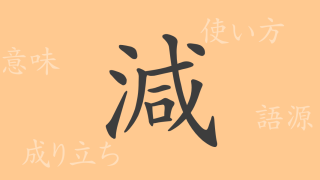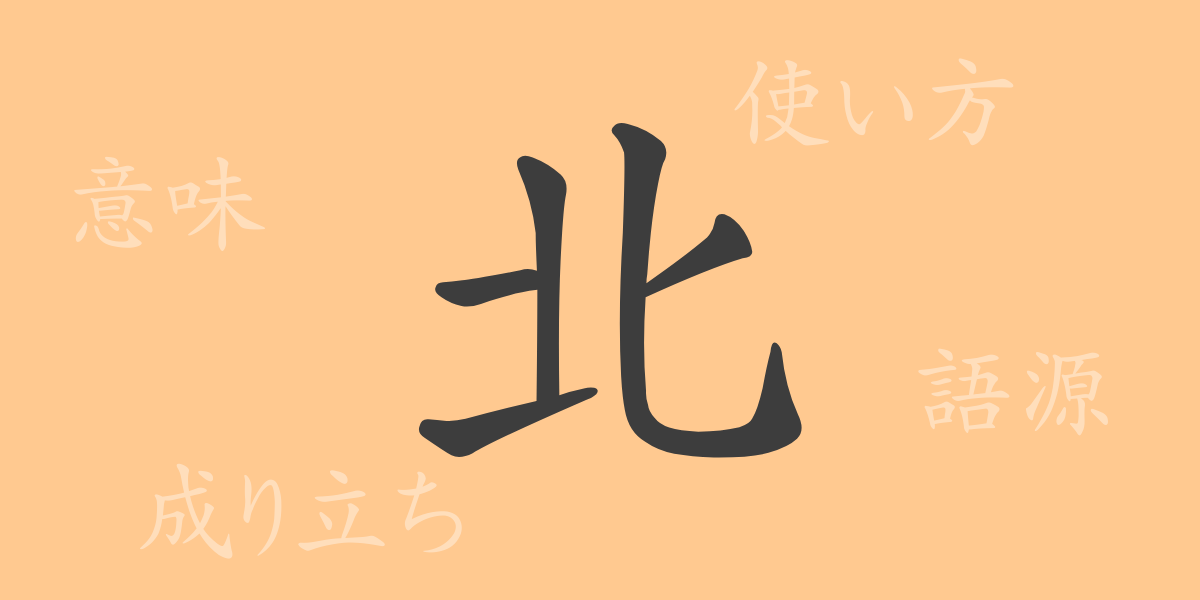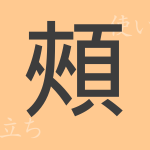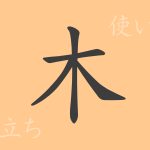The character “北” (kita) is one of the kanji deeply rooted in the daily lives of Japanese people. This single character that indicates direction is a crucial element that shapes our worldview, spanning from geography to culture and language expressions. In this article, we will explore the origins of “北” (kita), its meanings and uses, readings and stroke count, and even the idioms and proverbs that incorporate “北” (kita), delving into its charm and profoundness.
Origins of 北 (kita)
The character “北” (kita) has its origins in ancient China. It is believed to be a pictograph depicting two people standing back to back. This represents how people in ancient China relied on each other’s backs to protect themselves from the cold, indicating the cold direction, which is north. Additionally, it was used to signify direction because it points to the Big Dipper in the night sky.
Meanings and Uses of 北 (kita)
The primary use of “北” (kita) is to indicate direction, but it is also used to mean “failure” or “to get lost.” For example, the expression “北を向く” (kita o muku) can describe a business that is not going well. It is also used to express psychological distance or isolation, as in “心が北向き” (kokoro ga kita-muki), which describes a state of emotional coldness.
Readings, Stroke Count, and Radical of 北 (kita)
The character “北” (kita) has several readings in Japanese.
- Readings: The on’yomi (音読み) reading is “ホク” (hoku), and the kun’yomi (訓読み) reading is “きた” (kita).
- Stroke count: “北” (kita) is a kanji with 5 strokes.
- Radical: The radical of “北” (kita) is “匕” (hi).
Idioms, Proverbs, and Phrases Using 北 (kita) and Their Meanings
Many idioms, proverbs, and phrases that include “北” (kita) reflect the characteristics of the direction it represents. For instance, “北風と太陽” (kitakaze to taiyou) is a famous fable that teaches that kindness is more effective than force. The term “北海道” (Hokkaidou) refers to Japan’s northernmost region, evoking images of cold and vast nature. Additionally, “北見の葱” (Kitami no negi) is an idiom known for referring to a local specialty of that region.
Summary of 北 (kita)
The commonly used kanji “北” (kita) in Japan holds many meanings beyond merely indicating direction. Its origins, uses, and the idioms and proverbs that include “北” (kita) reflect the richness of Japanese culture and language. The kanji “北” (kita), which we use unconsciously in daily life, carries a deep history and culture that has continued since ancient times. Next time you encounter this character, it might be interesting to ponder its background.

























